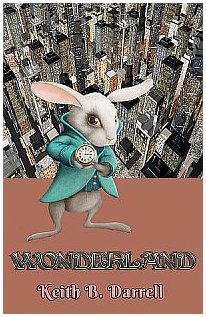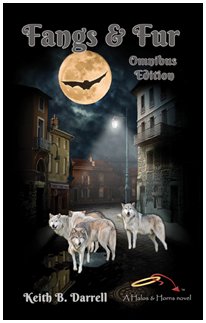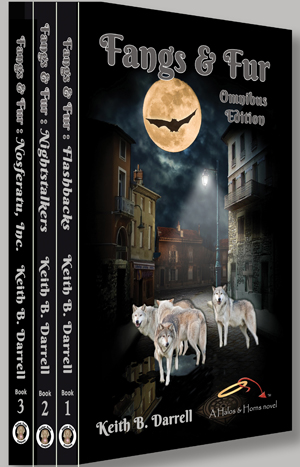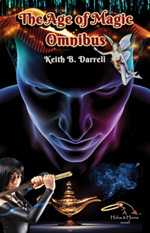I think the most terrifying moment of my childhood occurred
when, at age 4, I was seated in a movie theater watching Bambi with my mother
when, without warning, a shot rang out and Bambi’s mother fell dead to the
ground, a victim of a hunter’s bullet. Up until that instant, I had been
entertained by a light-hearted cartoon. Suddenly, like Bambi, I was thrust into
a coming of age moment.
The thought of losing one’s mother to a violent death would
probably traumatize most young children. It has always seemed incongruous to me, Walt Disney, a man who built an empire on children’s tales, would pen such
frightening fare for impressionable young minds. Turns out, he didn't.
Disney was a master of appropriating other writers’
creations and branding them with the Disney stamp. Cinderella (written by
Charles Perrault in 1697), Pinocchio (Carlo Collodi, 1883), The Little Mermaid
(Hans Christian Andersen, 1837), Beauty
and the Beast (Gabrielle-Suzanne Barbot de Villeneuve, 1740), The Jungle Book
(Rudyard Kipling, 1894), 101 Dalmatians (Dodie Smith, 1956), Mary Poppins (P.L.
Travers, 1934), Peter Pan (J.M. Barrie, 1902), and Snow White and the Seven
Dwarfs (The Brothers Grim – Wilhelm and Jacob – 1812). In fact, when you strip
away all the authors responsible for much of the “Walt Disney’s
(fill-in-the-blank)” empire, there’s barely enough original creativity left for
the rats… ahem, a mouse.
Bambi – from the Italian word “Bambino” (baby) – is indeed a
coming of age film, tracing the deer’s life from birth through adulthood. The
tale was written by Felix Salteen, whose own Bildungsroman is worthy of
novelization. Born Siegmund Salzmann, Salteen was an impoverished Hungarian Jew
who moved to Vienna, Austria and became a self-taught writer, journalist, and
theater critic. He began by writing letters to newspapers and short stories.
That led to a job writing obituaries, which he did with such passion, he
soon made a name for himself. Salteen became prominent in Vienna’s Jewish
literary scene and coffeehouse culture. In 1923, he wrote Bambi: A Life in the
Woods.
Most people associate Walt Disney with Bambi; few recognize
Felix Salteen for his creation. As a writer – and a creator – I find that sad,
and rather unfair.
Salteen fled Austria when the Nazis arrived in 1938. The
Third Reich had banned Bambi in 1936. Six years later, Disney brought the story
to the big screen. I doubt Salteen, who had sold his rights to the story in
1933, ever saw a dime from the movie. He died, three years after its release.
Felix Salteen wrote another novel the same year he wrote
Bambi; The Hound of Florence, about a man who changes into a dog every other
day. But then, you've probably seen it… as Walt Disney’s The Shaggy Dog.





No comments:
Post a Comment